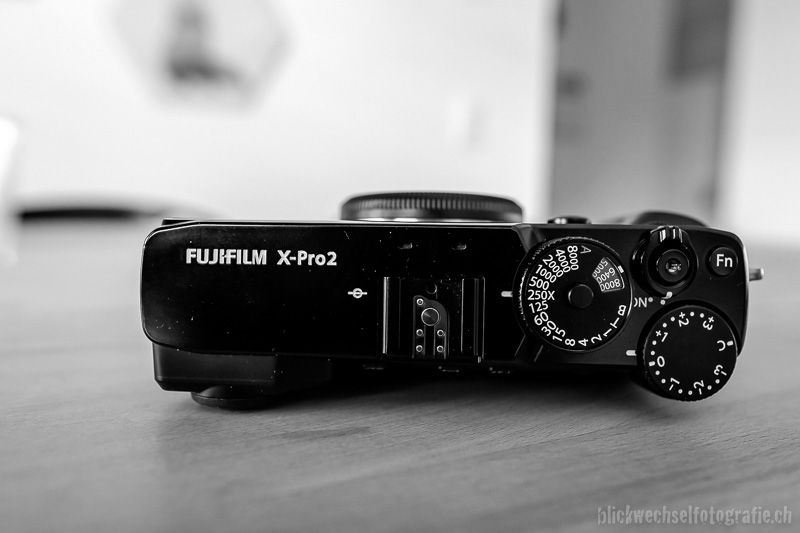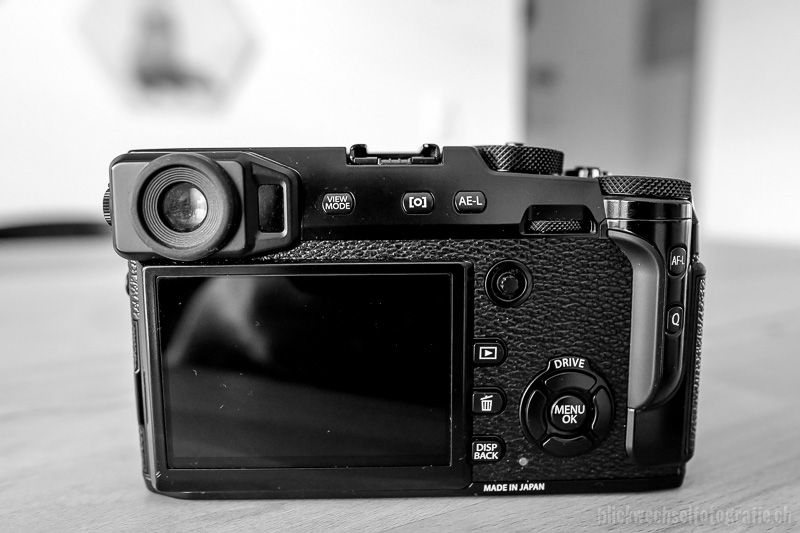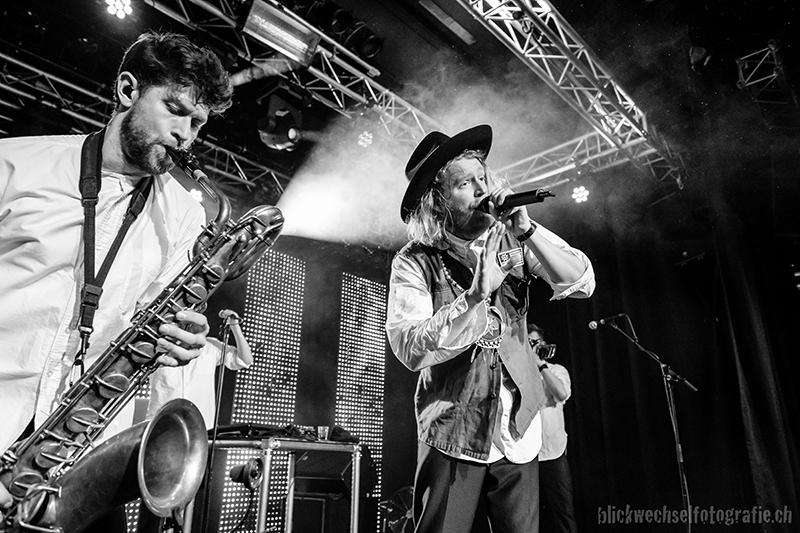Thanks to Fujifilm Europe and Fujifilm Switzerland I was lucky that I already could get my hands on an early production sample back in November 2015.
During this meeting it was already clear that Fujifilm had something great in their pipeline, but we still had to wait another two months until the product launch…
On January 15th 2016 Fujifilm finally unveiled the X-Pro2, but I had to be wait for another month until I really could spend some more time with the new Fujifilm flagship.
During three concerts and one backstage reportage I could put the X-Pro2 through its paces and here are now some thoughts about using it. This “review†is really more reflecting on the practical aspects and the fit into my workflow than being scientific or technical. In addition there is some comparison to the X-T1 which is my current camera of choice. As I never owned or used an X-Pro1, I really cannot compare the X-Pro2 to its predecessor.
Performance
Let’s start with the 24MP sensor and the new processor.
As I’m currently using both X-T1 and X100T, 16MP is the maximum resolution I can get, which is enough for the subjects I’m shooting. The X-Pro2 is not just adding another 8MP but it is a whole lot more. The new X-Trans III sensor has now dynamic range of -4/+4 f/stops, which is at least one stop more compared to the X-T1. It gives you more flexibility when it comes to cropping in post-production, when needed. In addition, the transition between low lights and high lights are now softer, giving you a more natural look, even when you use JPEG straight out of the camera.
Another improvement is that you can shoot now raw to ISO 12800 or one more f-stop in comparison to the X-T1. As I continuously work in situation with only very little or rather challenging light, this adjustment is very welcome. Not only is ISO at 12800 in raw, the noise in the higher ISO range can be better controlled compared to the equivalent level on the X-T1, I would assume that you gain between 1 to 2 f-stop. I don’t need to work with smaller aperture, but it enables me to shoot with some faster times which can freeze in the decisive moment.

The raw file size is now around 50MB or 50% larger compared to the X-T1, JPEG file in size “fine†are now around 12MB. JPEG files from the X-Pro2 Fujifilm can be used straight out of the camera without editing and because of the larger size giving you some more possibilities compared to X-T1, especially when a crop is needed.
Autofocus
With the firmware upgrades of the X-T1 to version 4.00 and 4.30, you saw an improvement in terms of autofocus, but what Fujifilm did with the X-Pro2 was beyond. First of all Fujifilm introduced a joystick for quickly selecting AF points. It is very intuitively to operate and you can easily use it without taking your eye away from the viewfinder and it works very well even with faster moving objects. The amount of AF points increased from 49 (on the X-T1) to 273 points and even the AF speed provided by the combination of new sensor and processor is about 30% to 40% faster than the X-T1. Seeing what Fujifilm has done with the AF improvement on the X-T1, you can probably imagine that further improvements for the X-Pro2 should be possible.

Other details
Overall the layout of all the buttons is very instinctive, giving you all the freedom to operate the camera without taking your eye of the viewfinder and in combination with the little grip on the front, the ergonomics of the camera are very good. They have added two configurable wheels (one front and one rear), which serve also as buttons similar to the X-T10. In terms of weight, it is still light and providing a good balance when using it with larger XF lenses like the 50-140mm. Lastly, the body is now weather resistant as well, something I have already appreciated with the X-T1. Fujifilm has furthermore worked closely with Adobe so that Lightroom support was already added by the end of January, at a point in time when the official sales start of the X-Pro2 was still not clear. Fujifilm included as well a dual card slot in the X-Pro2, which lets you record different formats to each slot. Something I hope to see as well in a successor to the X-T1.
One of things I like about Fujifilm X-Series cameras are the film simulations. With the X-Pro2 they added a new simulation called “Acrosâ€, which is based on the original black and white Fujifilm know for its details as well as a rich tonal range. Unfortunately we will not see this simulation in other X-Series cameras as it is only achievable with the resolution of X-Trans CMOS II and the processing power of X-Processor Pro. Furthermore there is a new noise creator filter with two strengths: Strong or Weak, which can be combined with each of the different film simulation modes.
Flaws?
So far it sounds that I’m very happy with the X-Pro2, but there is one major challenge with the new flagship, its battery performance. Sure, you can take additional batteries with you (which are luckily the same as for the X-Pro1 or the X-T1), but I could only take around 300 images before the battery was empty (Power Management was set to “High Performanceâ€). It will probably still require a bit of fine tuning to increase this amount and I hope that Fujifilm can do a bit of tweaking as well on their end. On the hand I miss the battery grip that I use (at least when on assignments) for the X-T1. With two fully charged batteries and power management set to “High Performance†I can easily get to 800 images and beyond.
Otherwise there were only minor things. Although in the beginning I thought that I wouldn’t need it, the tilted back screen of the X-T1 has come handy on several occasions. In the X-Pro2 however I didn’t really miss it that much.
The viewfinder has undergone some improvements as well, nonetheless it is not as big as the X-T1. As I prefer the viewfinder in the middle of the camera rather than on the side, I had to adjust my shooting style. Although I have to admit that I’m getting used to the rangefinder style more and more. All the points about the viewfinder are more a personal preference and not a really a flaw in this new camera.
Summary
I can say that I’m really impressed with Fujifilm’s new flagship. It will still take some time to make all the small adjustments in the settings to have a “perfect†set up. The more I used the camera the more I discovered how powerful the X-Pro2 really is. There have been a lot of improvements from the obvious ones (resolution, sensibility, speed) to small details like the new menu structure. Is this enough for me to get one? It depends. Although it is clearly the best camera in the X-Series line up at the moment, I’m still quite happy with my X-T1 and it provides me with the output that I need and require. It is more the question which of the improvements that we have seen now in the X-Pro2 we will see in the successor of the X-T1. For me this really would be a game changer…
And here are some images that I shot with the X-Pro2:








8 Comments